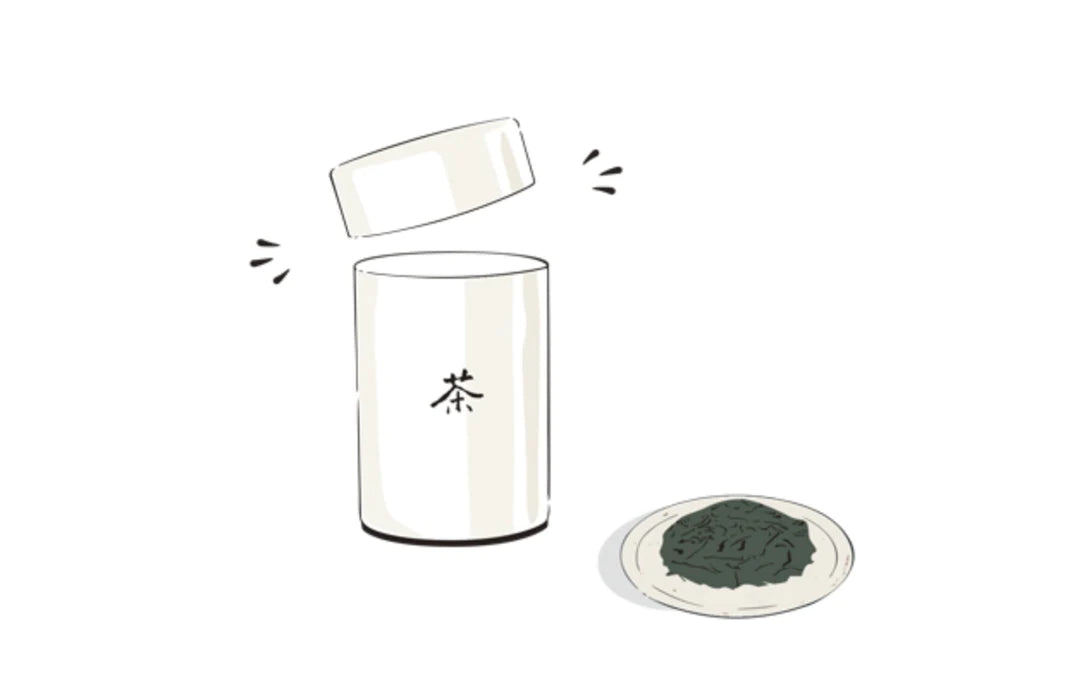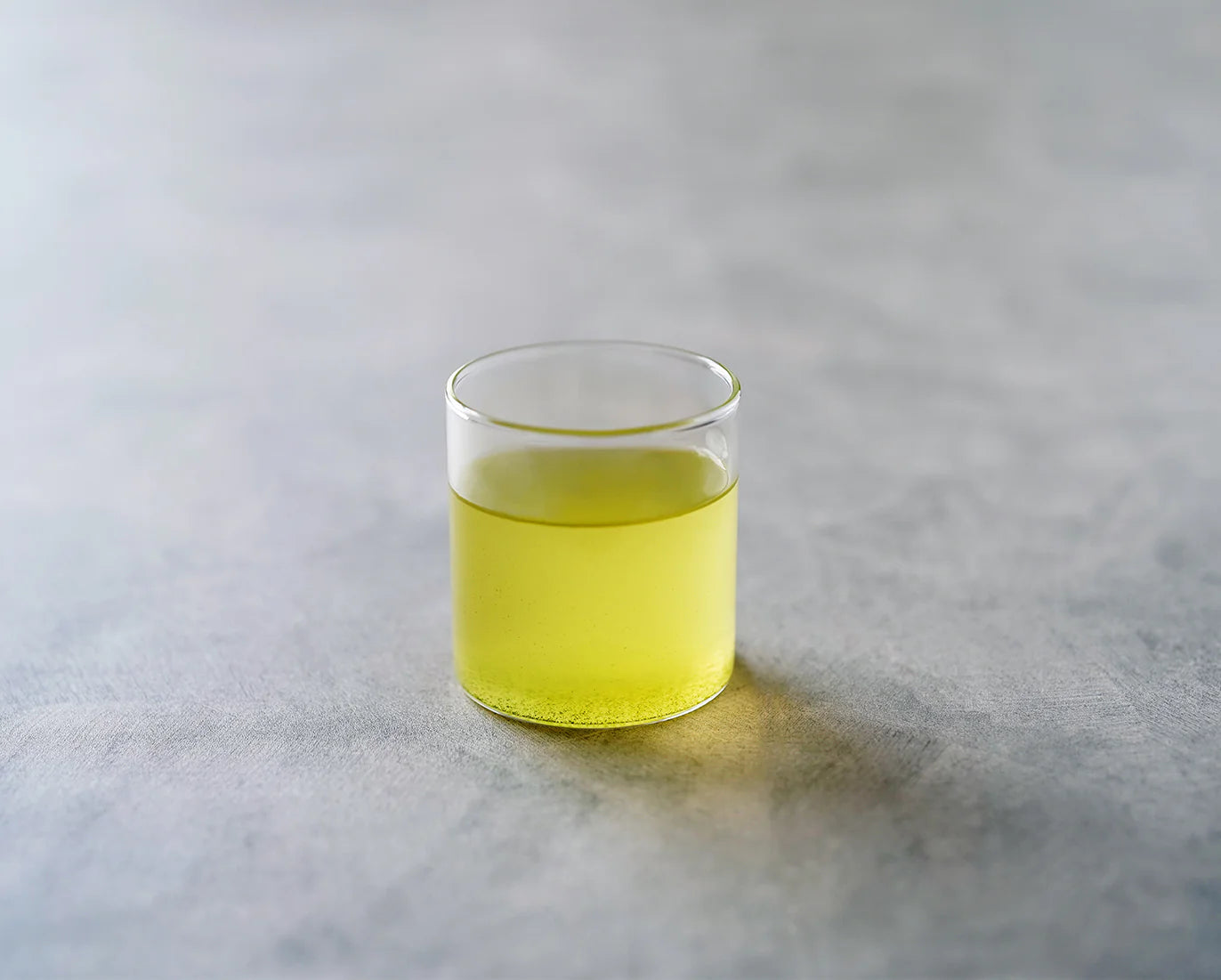The higher the quality, the stronger the sweetness and deliciousness of the tea, with less bitterness and astringency, a better aroma and deeper colours of the tea leaves. The transparency of the liquor (= suishoku [water colour]) is also enhanced.
What Is Gyokuro?
Like tencha, gyokuro is produced by covering the tea plants in shades and blocking out the sunlight while the sprouts are growing. Blocking out sunlight prevents the sweet and delicious (umami) tastes from turning into bitterness and astringency. As a result, gyokuro takes on deep and mellow character, with sufficient sweetness and deliciousness (umami), resulting in a rich and profound flavour. High quality gyokuro has a unique “oika (aroma from covering)” similar to the aroma of dried laver attributable to its powerful sweetness and deliciousness (umami).
Quality Differences
sweetness

Deep, strong and profound. Mellowness spreads throughout the mouth. Exquisite and elegant.
Weak. Bitterness and astringency overpower the sweetness. Lacks in deepness and profoundness and does not spread in the mouth.
umami

Very strong. The tea is mellow and entangles itself around the tongue with a rich thickness. A deep aftertaste lingers.
Thin. The deliciousness (umami) is overpowered by bitterness and astringency when the tea is brewed at a higher temperature.
bitter and astringent

A very subtle bitterness and astringency concealed in sweetness and deliciousness can be distinguished. Free from any disturbing aromas. Elegant.
Bitterness and astringency stand out when the tea is brewed at higher temperatures. The bitterness entails a slight sharpness and leaves an even sharper impression when accompanied by astringency.
aroma

High quality gyokuro has a unique “oika (aroma from covering)” similar to dried laver. While exhibiting a heavy outlook, it feels soft and gorgeous. Maturation also adds to it's fragrance.
Simple and rough. Lacks in deepness and complexity and does not spread throughout the mouth. Superficial.
colour

Glossy on the surface. Dark green without somberness. Thick in the centre but gradually gets thinner towards both ends.
Dry and lacks in gloss. Most leaves are flat and soft rather than round and hard. Used tea leaves are reddish and yellowish with conspicuous leaf veins.
liquor colour

Clear pale green with very little redness and yellowness. High transparency.
Pale green with redness and yellowness. Turbid, dull and cloudy.
How to Make Good Cups of Tea (for two)
When brewing green tea, it's sweetness is more easily extracted with water at lower temperatures; the higher the temperature of hot water, the more bitterness and astringency will be released. The charms of gyokuro lie in it's deep sweetness and deliciousnes (umami) above all. By slowly brewing at a lower temperature, you can bring out these features better. We recommend using a small tea pot and cups. Gyokuro can be compared to an espresso in the sense that it's richness and flavour is enjoyed in concentrated small amounts.

Recommended Way To Taste

Cold Brew Gyokuro

how to store
Here are some tips to keep your tea fresh and enjoy it tastily.






